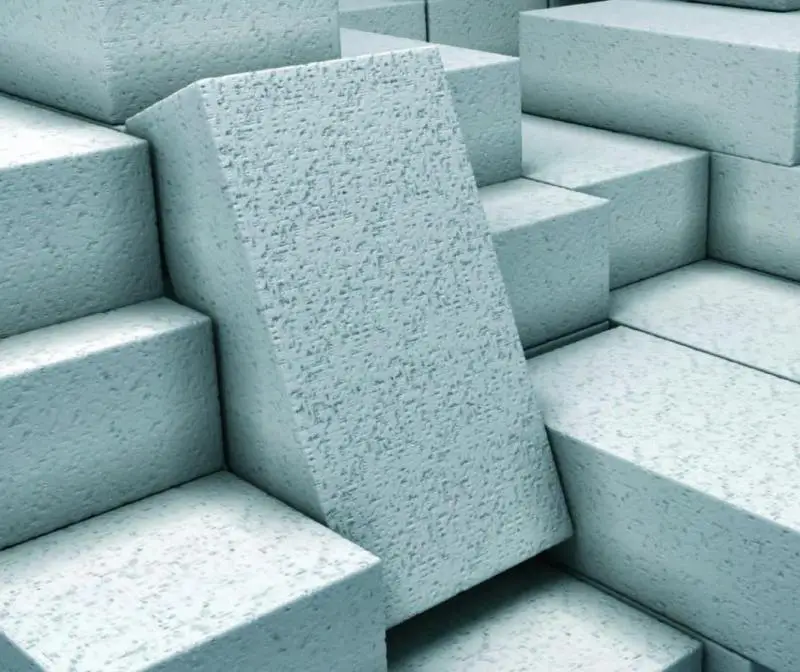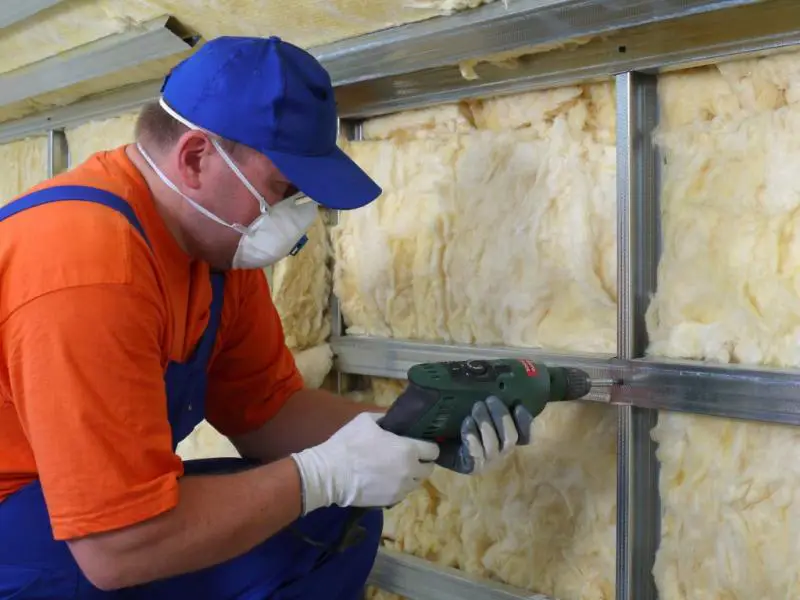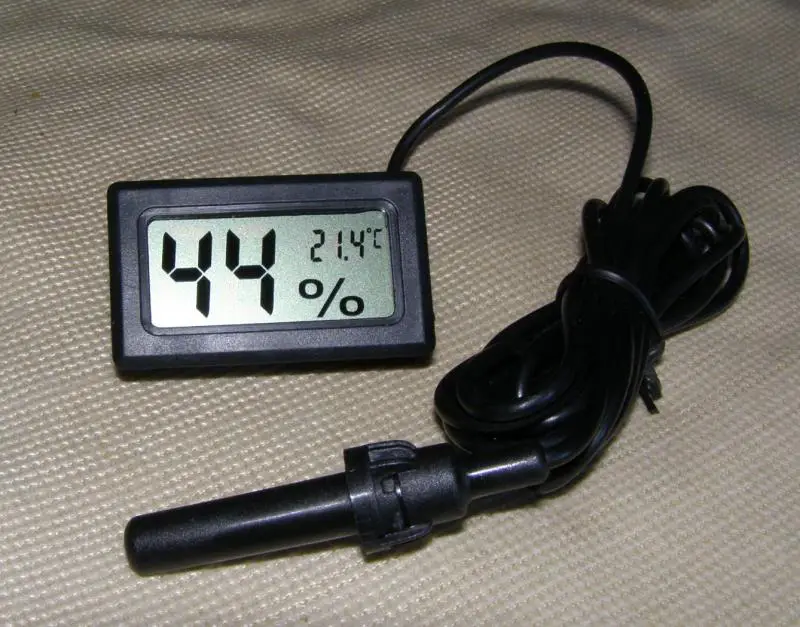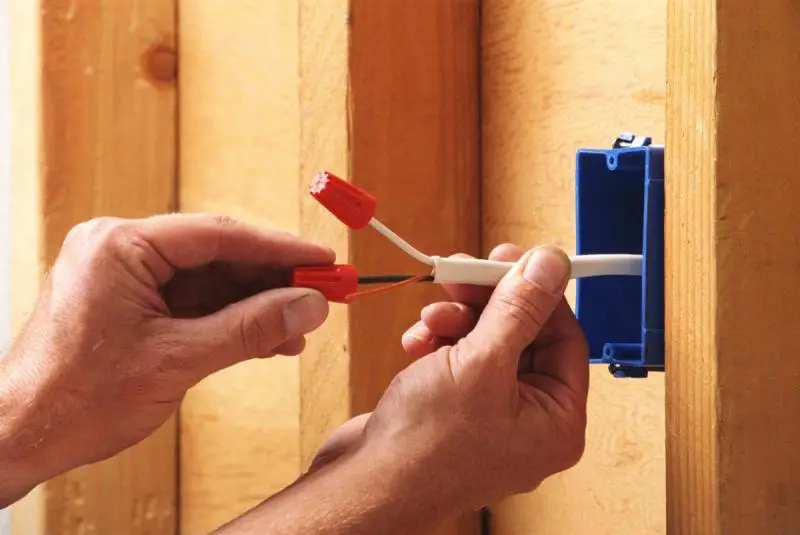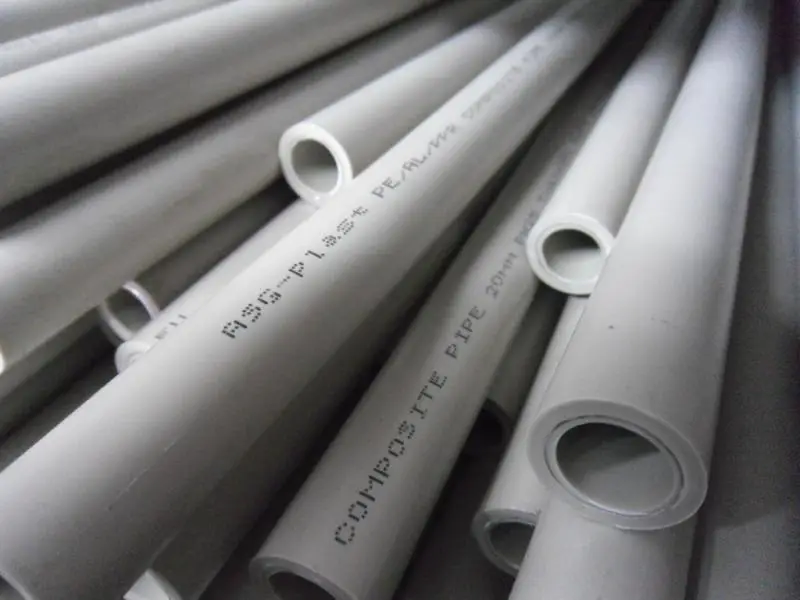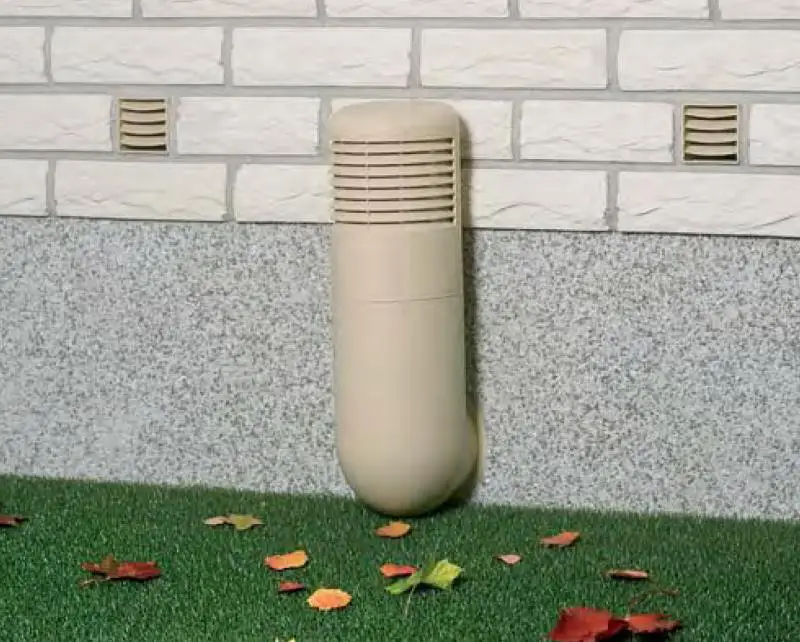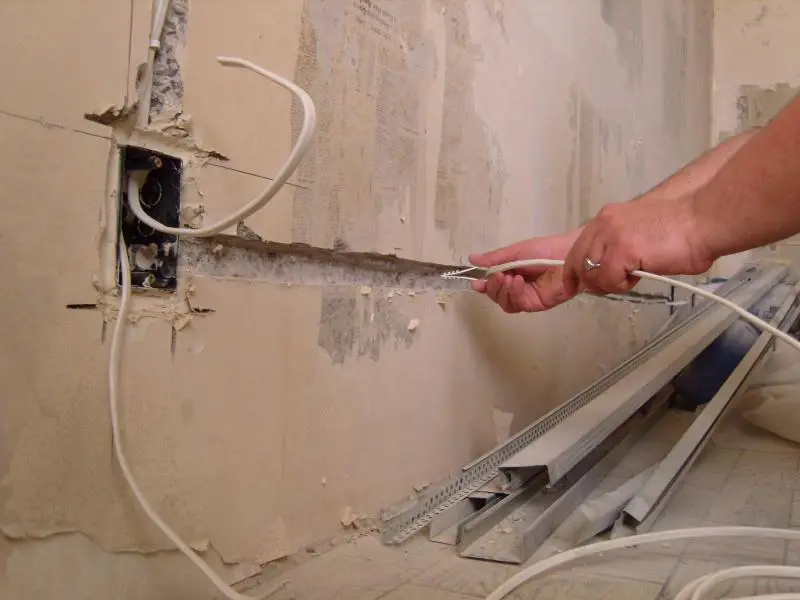There can be your advertisement
300x150
How to Cover a Roof with Ondulin
Thanks to its ability to provide high protection against most natural factors, ondulin (bitumen shingle) is widely used as a primary building material for roofing structures. Installing a roof with ondulin means quickly creating a reliable and durable roof with a 15-year warranty period. Roofing with ondulin does not take much time, primarily because one sheet of this material weighs only 5–6 kg, making it easy to lift to height and hold during installation. Installation technology for ondulin roofs. When purchasing ondulin from authorized stores and specialized trade centers, the buyer receives an instruction manual that includes installation guidelines, as well as a warranty certificate specifying the 15-year service life.
Thanks to its ability to provide high protection against most natural factors, ondulin (bitumen shingle) is widely used as a primary building material for roofing structures. Installing a roof with ondulin means quickly creating a reliable and durable roof with a 15-year warranty period. Roofing with ondulin does not take much time, primarily because one sheet of this material weighs only 5–6 kg, making it easy to lift to height and hold during installation.

Roofing Installation Technology with Ondulin
When purchasing ondulin from authorized stores and specialized trade centers, the buyer receives an instruction manual that includes installation guidelines, as well as a warranty certificate specifying the 15-year service life. During roof installation, it is important to remember that the warranty applies only if all installation rules and conditions are strictly followed.
Main Installation Rules for Ondulin
- Installation of ondulin is allowed only when the air temperature ranges from -5 °C to +30 °C. Installation is strictly prohibited if temperatures fall outside these limits.
- Ondulin sheets must be fastened only with roofing nails. To secure one sheet, exactly 20 nails must be used; otherwise, there is a high risk that the lightweight material may blow off during strong wind gusts.
- Walking on the valleys of ondulin sheets is prohibited. Foot placement must only be on the wave ridges.
- Before installing ondulin, a roof sheathing must be installed according to the roof slope, as follows:
- Slope up to 10° – solid sheathing made of plywood, boards, or OSB;
- Slope from 10° to 15° – sheathing spacing of 450 mm;
- Slope over 15° – sheathing spacing must not exceed 610 mm.

Step-by-Step Guide to Installing an Ondulin Roof
- First, install a solid wooden sheathing. Note that the roof slope must not be less than 2 meters.
- Attach rafters to the roof trusses. The spacing between rafters should be between 60 cm and 80 cm. If the gap exceeds this, additional battens must be added.
- Ondulin is fastened to wooden battens previously attached to the trusses.
- The first sheet of bitumen shingle is installed from the lower right corner of the roof. The second row (above the first) starts with a vertically halved ondulin sheet.
- Sheets must be fastened horizontally (1 sheet – 20 roofing nails). During the first row, nails are driven into every wave ridge. In subsequent rows, nails are driven into every alternate ridge.
- Final step – installing the ridge cap. The ridge cap is overlapped and nailed diagonally to the wave of the sheet.
Installing a roof with ondulin does not take long, as the process is simple and the material is lightweight and easy to handle. Additionally, ondulin comes with auxiliary components that simplify the installation of the roofing system.
